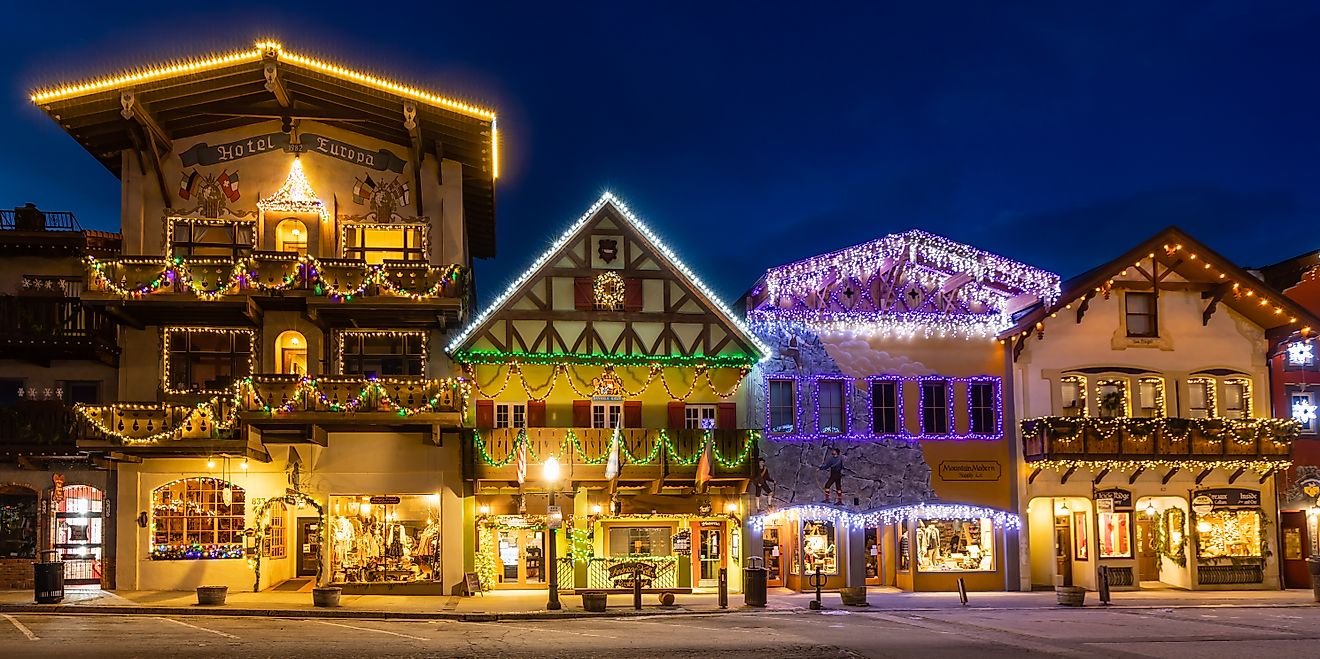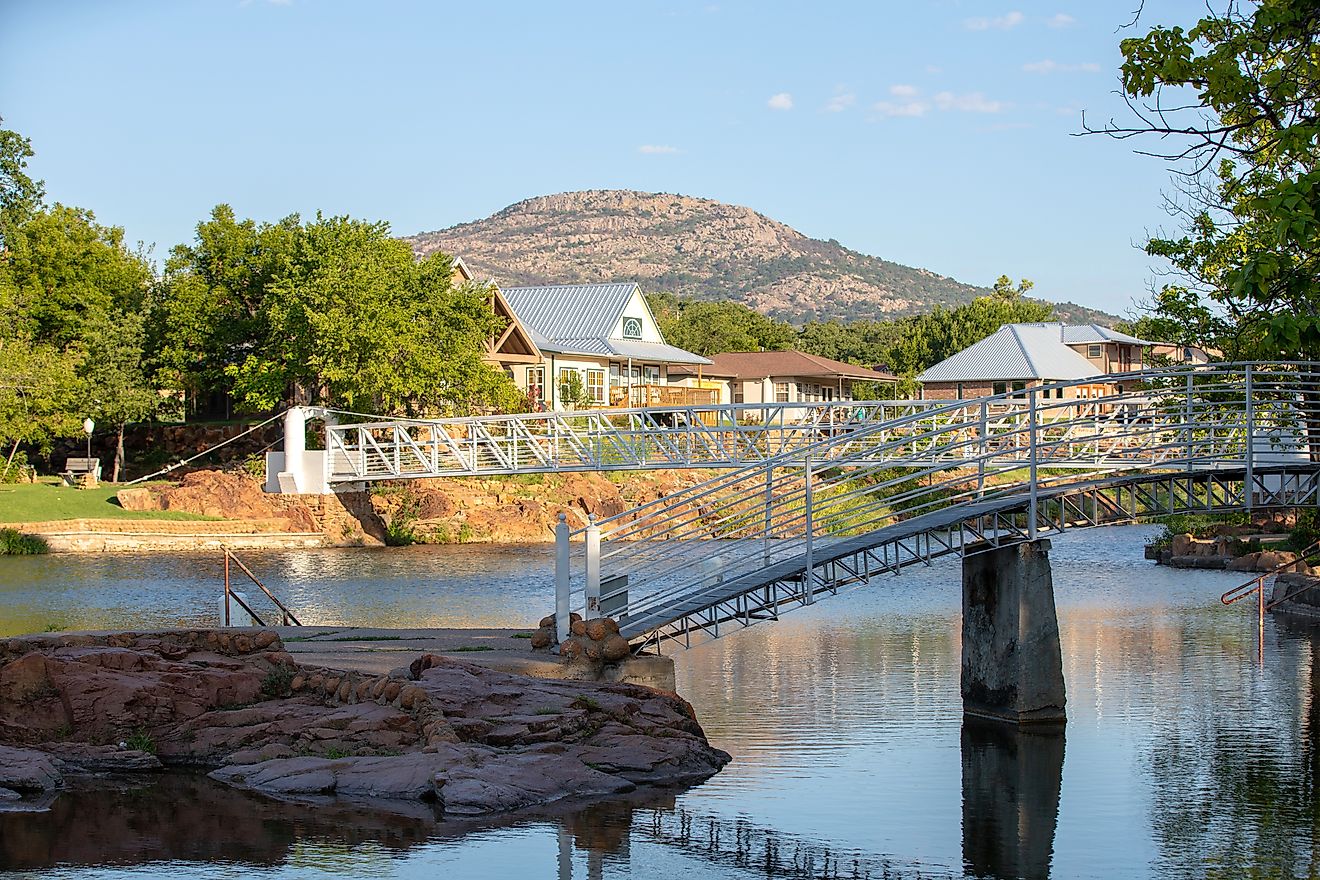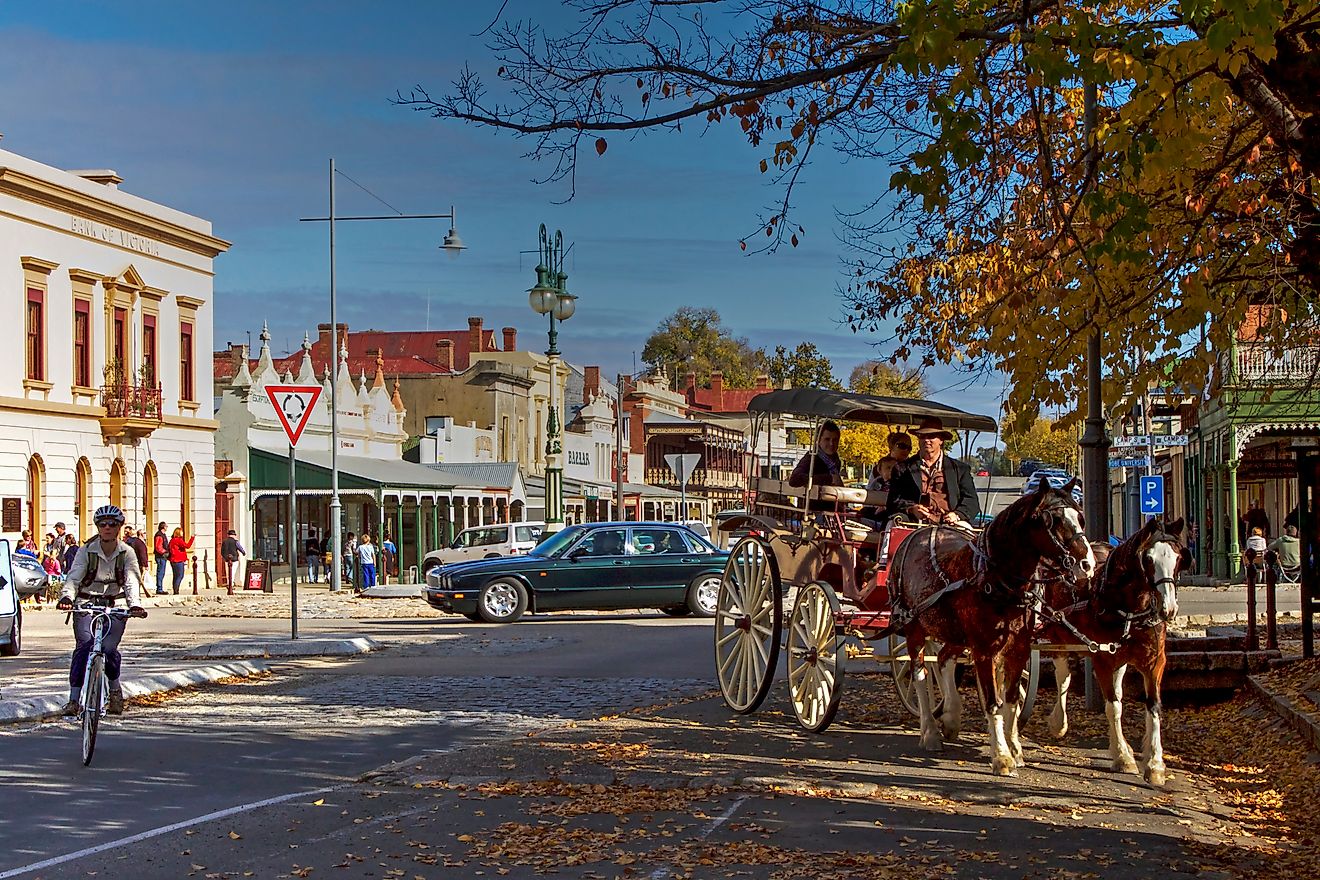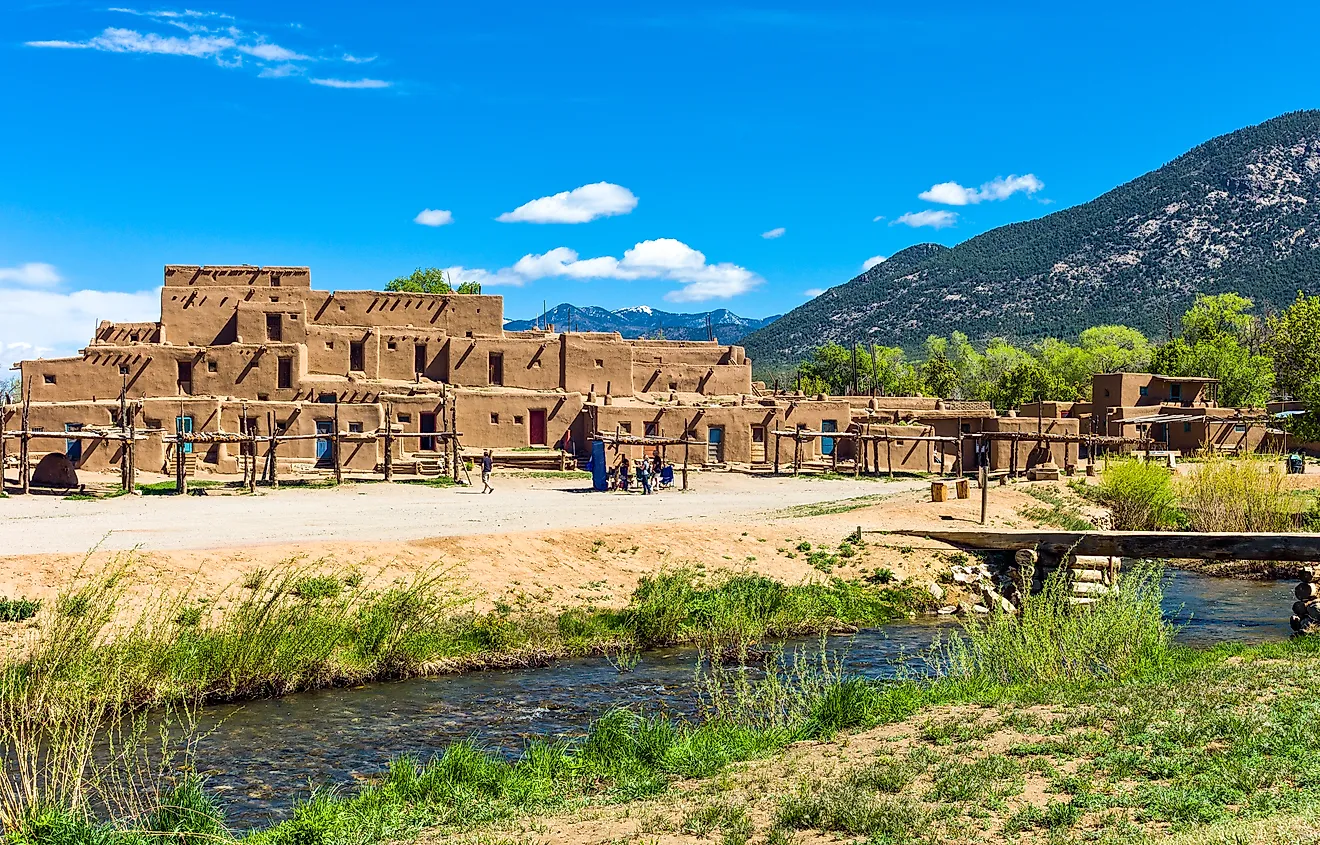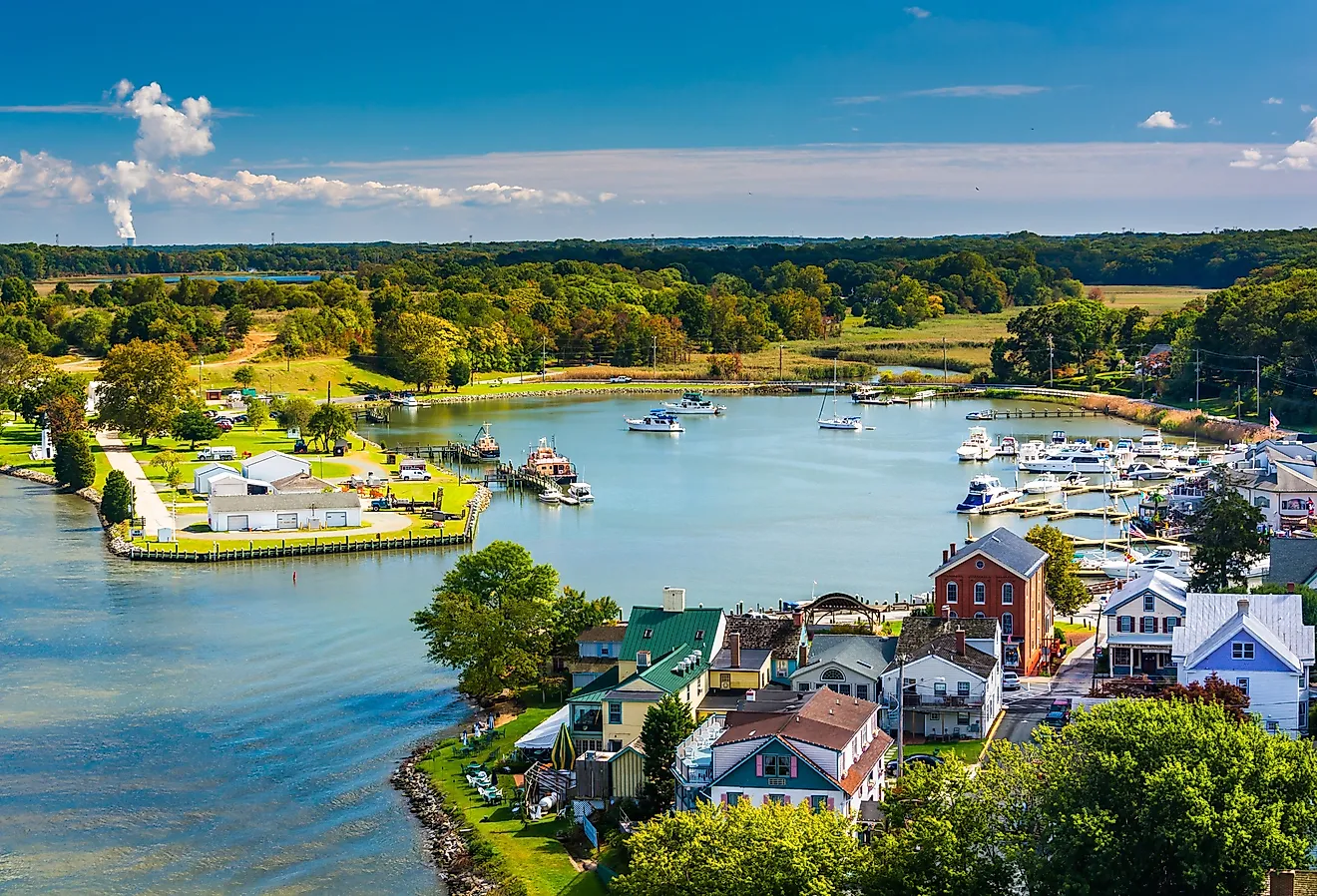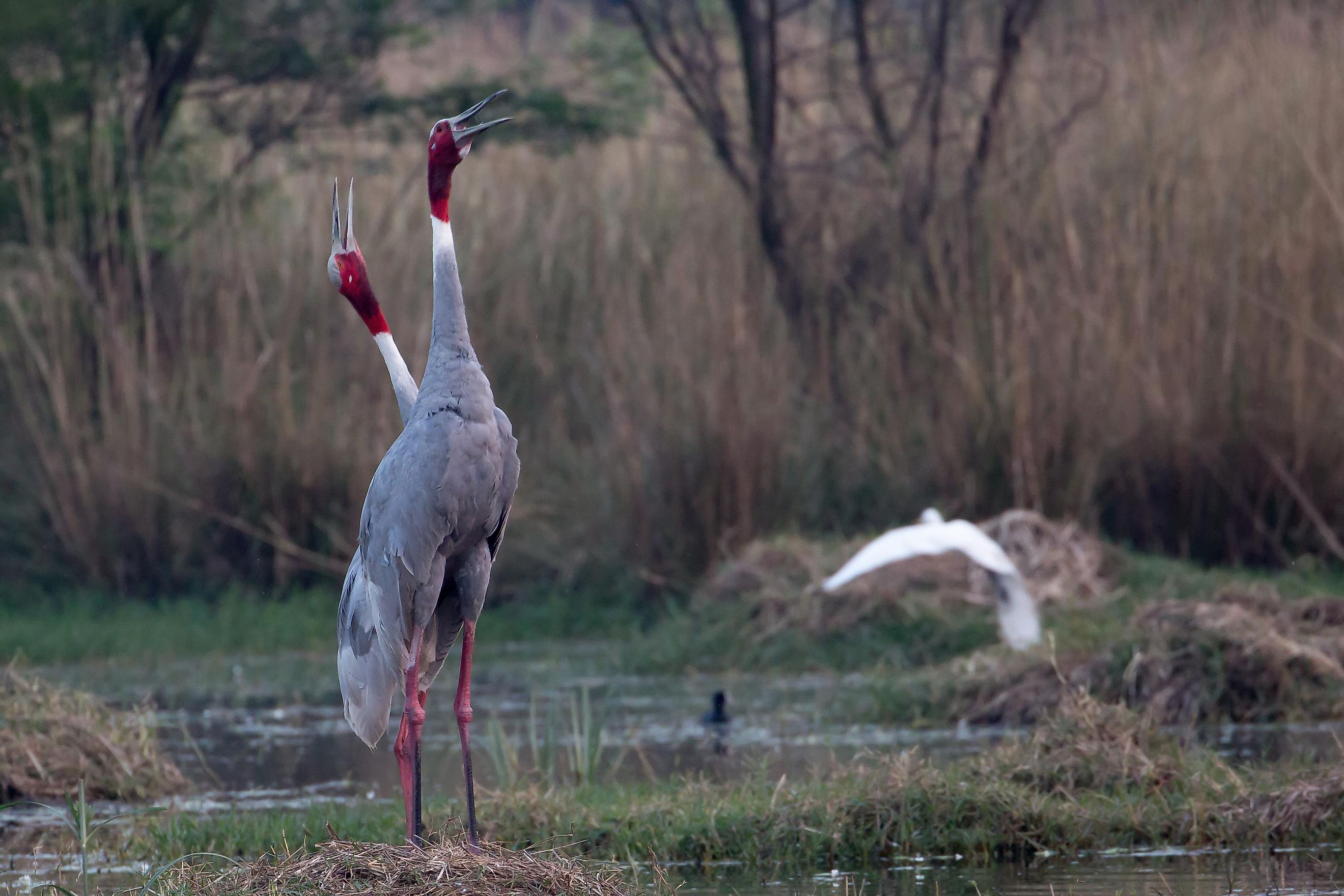
Sultanpur National Park, India
India is one of the world’s megadiverse nations, due to its unique biogeographical location, varied climatic conditions, and immense biodiversity richness. With only 2.4% of the world’s land area, India harbors more than 8% of the global biodiversity. To conserve this rich biodiversity, several important protected areas have been established throughout the country. Presently, India hosts 18 biosphere reserves, 51 Tiger Reserves, 551 Wildlife Sanctuaries, and 104 National Parks.
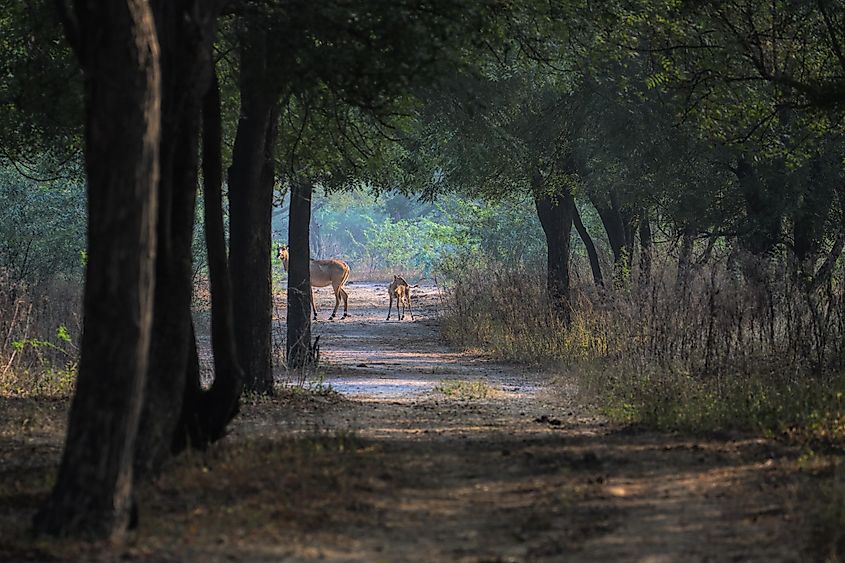
Also referred to as “The Abode of God”, the State of Haryana, situated in the northern part of India and covers an area of 44,212 sq. km. According to the ‘State of Forest Report 2019’, Haryana has a forest cover of only 1,602 sq. km, which comprises about 3.62% of the state’s geographical area. There are several protected areas in Haryana that are managed by the State Forest Department. Situated in the Sultanpur village, in the Gurugram district of the Indian state of Haryana is, the Sultanpur National Park. The Park is located approximately 50km southwest of the national capital - New Delhi and about 15km from the city of Gurugram, on the Gurgaon-Farukh Nagar Road.
Geography
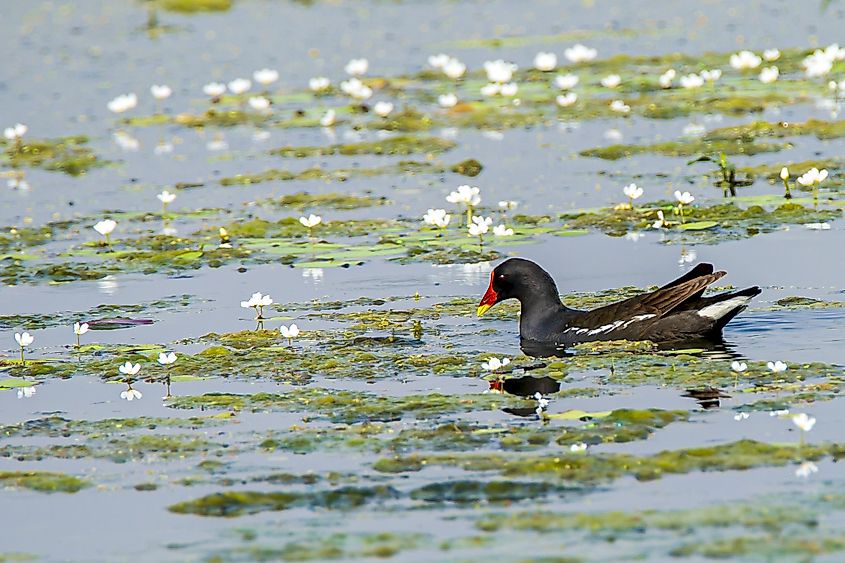
The Sultanpur National Park covers a total area of 1.43 sq. km and includes a core area of 1.21 sq. km containing the main Sultanpur Lake/Jheel. The National Park is located predominantly on a rolling agricultural landscape that is crisscrossed by a group of shallow freshwater lakes and associated low-lying marshes. The Sultanpur Jheel is a seasonal freshwater wetland with fluctuating water levels throughout the year. This shallow lake is mostly fed by waters from River Yamuna’s Gurgaon canal and the overflowing waters of the neighboring agricultural lands. The lake and the marshes flood during the monsoon seasons and become almost dry during the summer season.
Climate
The Sultanpur National Park experiences a ‘tropical climate’ with hot summers and cold winters. The maximum temperature during the summer months rises to 46°C, while the winter temperature falls to 9°C. The Park faces a short monsoon season from July to the end of August.
Flora And Fauna
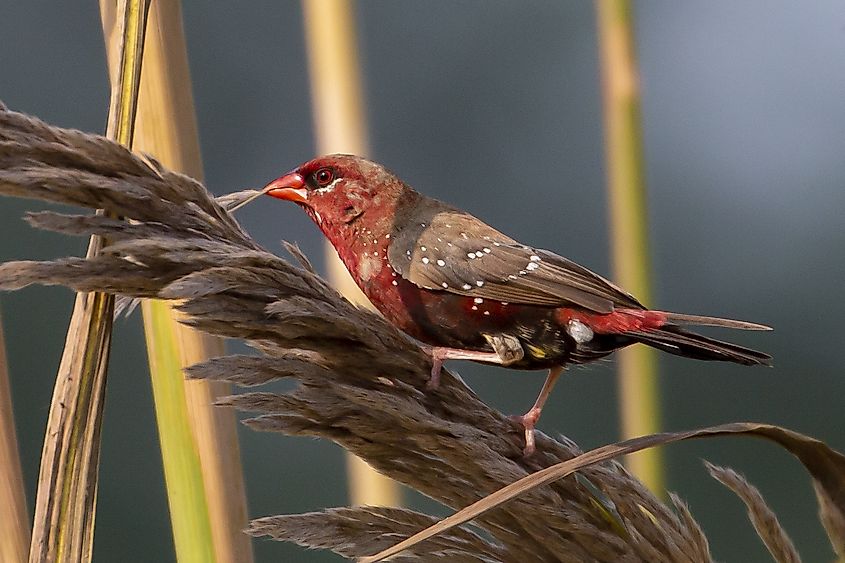
The Sultanpur National Park possesses a rich and diversified flora. The Park’s terrestrial vegetation is mainly dominated by trees like Acacia nilotica, Prosopis chilensis, Neem, berberis, khair, etc, and grasses like Ravenna grass and the Khas Khas grass. An extensive area of seasonally flooded sedge marshes is found in the northern part of the main lake. The Park’s aquatic vegetation includes Hydrilla sp., Vallisneria natans, Typha angustata, Phragmites sp., Nymphaea stellata, Saccharum munja, etc. The seasonal aquatic vegetation along with the open grasslands and the artificial mounds and grass islands serves as critical breeding habitat for many resident and migratory birds.

The Sultanpur National Park forms a part of the ‘Central Asian Migratory Flyway’ and thousands of migratory birds from the countries of Russia, Turkey, Afghanistan, and Europe visit the park during the winter months. The Sultanpur National Park has been identified as an Important Bird Area by BirdLife International and more than 320 avian species have been recorded from the National Park.
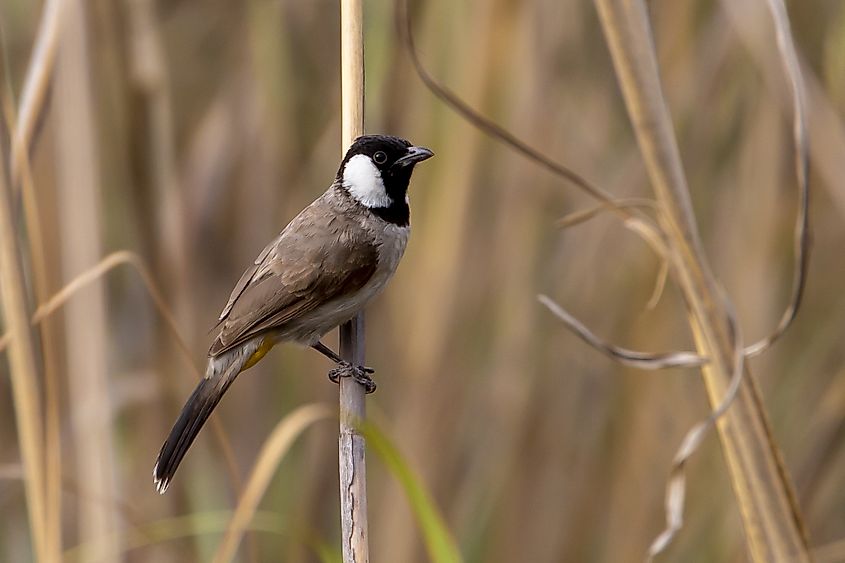
Some of the notable migratory birds that are found here include the Siberian cranes, rosy pelican, greylag goose, white wagtail, northern pintail, common teal, blue throat pipit, spot-billed pelican, black-winged stilt, wood sandpiper, greater flamingo, black-crowned night heron, blue-tailed bee-eater, etc.
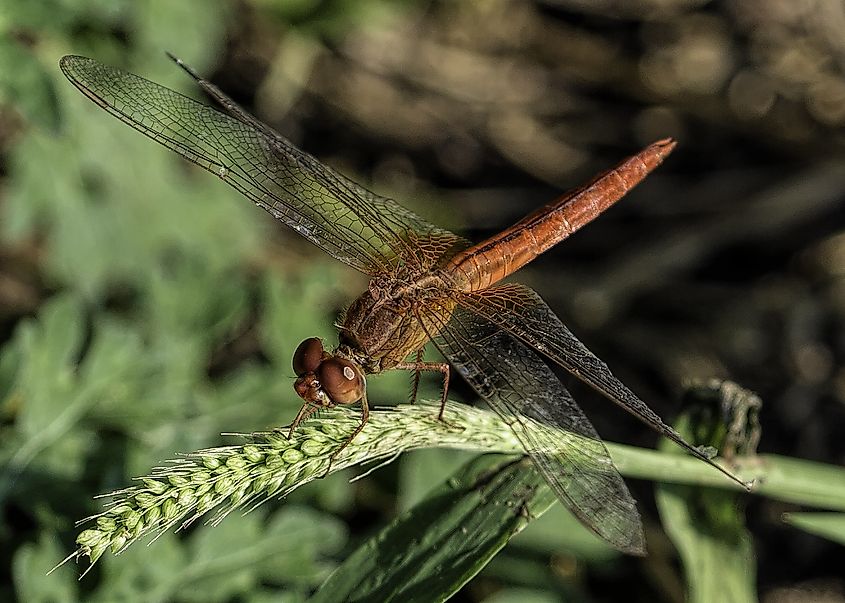
Some of the well-known resident birds that are found in the National Park include Black-headed ibis, painted stork, purple sunbird, Asian open-bill stork, common hoopoe, darter, cormorants, Indian courser, Eurasian thick-knee, common myna, red-collared dove, red-wattled lapwing, crested lark, white-throated kingfisher, Indian roller, black francolin, egrets, Indian spot-billed duck, spotted owlet, etc.
In addition to the avian species, some other faunal species such as Nilgai, Sambar, Golden jackals, wild dog, striped hyenas, Indian porcupine, mongoose, etc. are also found in the Sultanpur National Park.
Brief History
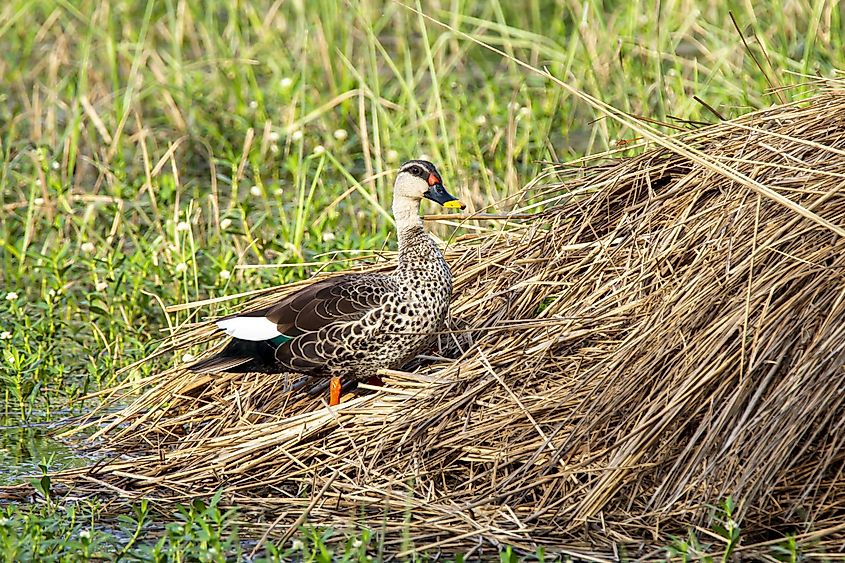
The Sultanpur area has been named after the Rajput King Sultan Singh Chauhan. Till the late 19th century, the Sultanpur area served as the center of salt production for its use in Delhi and other United Provinces of colonial India. However, in 1923, the British closed down the salt superintendent’s office and had mercilessly thrown all the salt into the wells. The closure of the salt industry caused a lot of economic distress for the people who resided in the Sultanpur region.
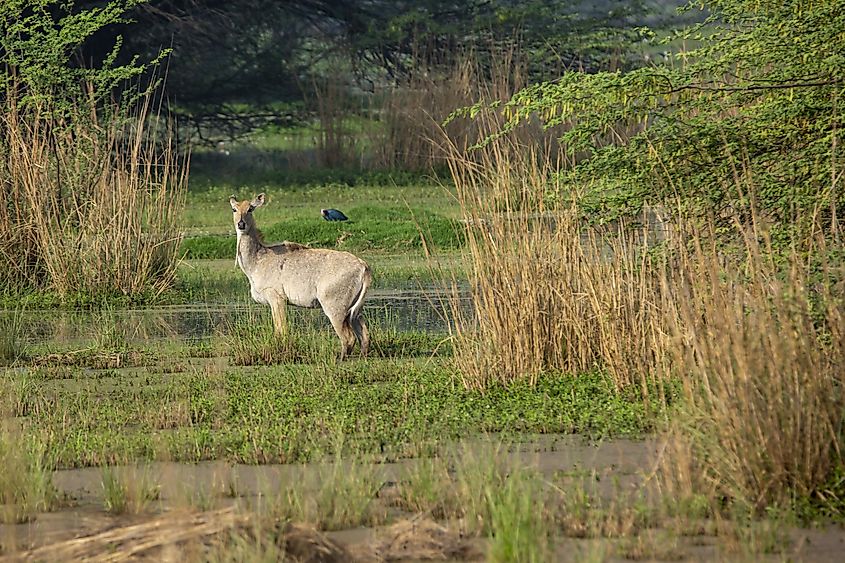
The area as a sanctuary was first noted by Mr. Peter Jackson, who was an ornithologist and the Honorary Secretary of the Delhi Bird Watching Society. Mr. Jackson wrote a letter to the then Prime Minister of India, Smt. Indira Gandhi about the importance of the Sultanpur jheel as a ‘bird area’ and for the immediate need to declare the area as a Bird Sanctuary. The importance of this wetland as a ‘bird area’ was also officially highlighted during the 1969 IUCN Conference in Delhi. Under the Punjab Wildlife Preservation Act of 1959, the Sultanpur Jheel with an area of 1.21 sq. km, was declared as a “Sultanpur Bird Sanctuary” on April 2, 1971. From the adjacent lands of the villages of Chandu, Sultanpur, Sadhrana, and Saidpur, the National Park area was carved out and on July 5, 1991, with an increased 1.43 sq. km area, the sanctuary’s protection status was upgraded to “Sultanpur National Park”.
Tourism
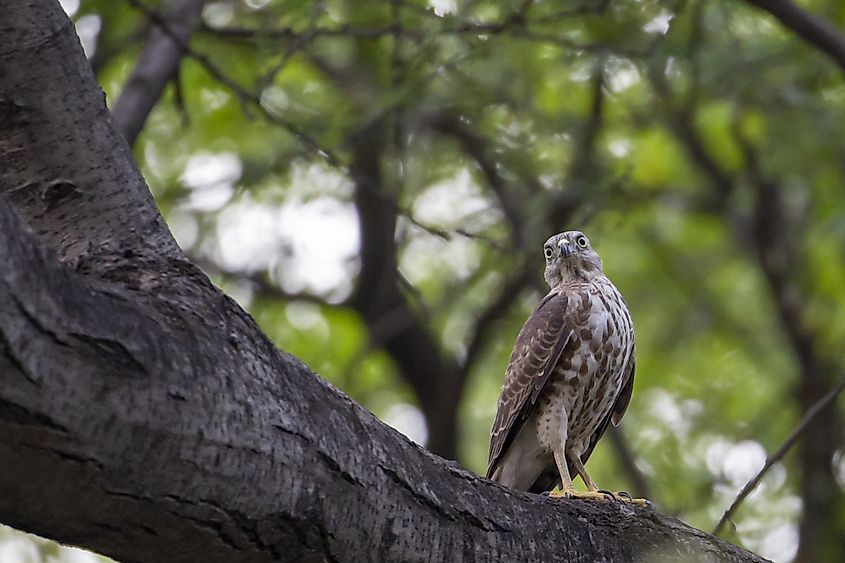
The huge avifaunal diversity of the Sultanpur National Park acts as a paradise for ornithologists and birdwatchers. The National Park also serves as an amazing weekend destination and attracts several visitors from the nearby bustling metropolises of Delhi and Gurugram. The Park remains open on all days from 7:00 AM to 4:30 PM and remains closed every Tuesday.
The best time to visit the National Park is from September to March. Due to its small size and high species diversity, the park can be covered by visitors through nature walks within a short period.
Threats
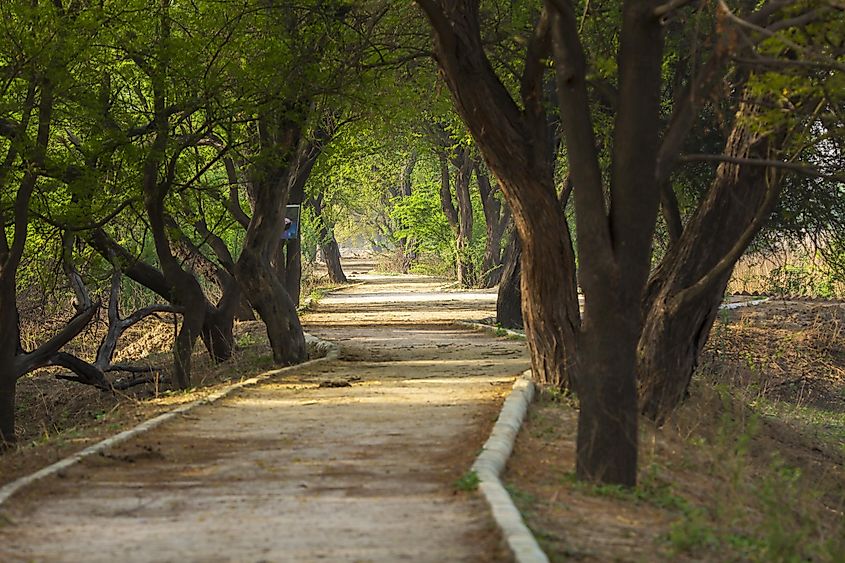
The Sultanpur National Park is under severe threat from anthropogenic activities. There has been an increase in the construction of residential high-rise buildings, noisy sounds of vehicles from the nearby main road, increased pollution levels, tourism pressure, and the rampant use of agricultural chemicals in the adjacent cultivation fields. Therefore, it is extremely necessary to implement strict conservation measures and prepare a management plan for the preservation of the lake and its surrounding habitats.

